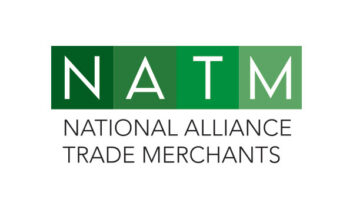Every year the industry gets a shot of energy from International CES in January, right after the holiday sales season, as it did this year. We then reach February and find out if all the excitement translates into sales and profits.
This year, Japanese CE manufacturers found a bleak $17 billion answer.
That is the number being tossed around to measure the combined losses from a half-dozen Japanese CE manufacturers for their fiscal third quarter, ended Dec. 31, 2011, with Sony, Sharp and Panasonic projecting losses for the fiscal year that ends March 31.
The reasons their woes were similar: the high value of the yen vs. other currencies; the lackluster world economy; and the lingering effects, both in their domestic market and on the CE supply chain, of the Great East Japan Earthquake and Tsunami, and Thailand’s floods.
You can make the argument that natural disasters and the economic malaise are once-in-a-lifetime events. But those manufacturers that were most exposed in the TV business got hit the hardest as lower demand and deep price cutting became a double-edged sword. And this isn’t just about TVs.
Pundits of all stripes have piped up to say Japanese CE makers can’t manufacture as inexpensively as their Korean and Chinese counterparts; they’ve lost their edge in design; and they aren’t nimble enough to change how they do business. But their problems are industry problems.
Yes, Samsung and LG have benefitted since the Korean won has a better exchange rate than the Japanese yen against world currencies, but when the industry began to change from analog to digital in the late 1990s, those two companies also redefined themselves in technology, design and marketing.
ike Samsung and LG, Apple lagged behind market leaders in the 1990s. Apple has now leaped forward as the undisputed industry leader, and even charges more for its products.
What hasn’t changed for everyone for the past 50 years or more is the CE industry’s race to the bottom. Chasing market share with overly distributed product lines with little regard to profit only accelerated during the HDTV transition, and will continue to hurt everyone – today’s winners included – if it is not stopped.
Grasping for market share for short-term gains has never been a good long-term business model in the best of times, but when you continue that strategy during a time of disaster, both natural and man-made, they are even more counterproductive.
The CE industry’s business model has to change. Accelerated attempts have to be made to continue to break down corporate “silos,” manage distribution channels to develop profitable partnerships with its retailers and develop cutting-edge, innovative products.
The buzz we heard leading up to CES and during the show had a sense of urgency, talk that many manufacturers and retailers are partnering to take on new strategies to bring profits back into the CE business. We hope that urgency is matched with action.
Profitability is the key. If the entire industry does not emphasize profits the innovation we have come to expect from the CE business from a diverse number of companies will wither.
And the losers will not only be the industry but consumers who love and rely on its products.
This column originally appeared in the Feb. 13 issue of TWICE.












